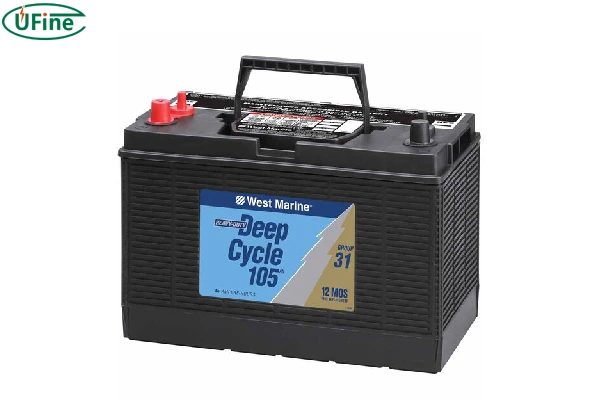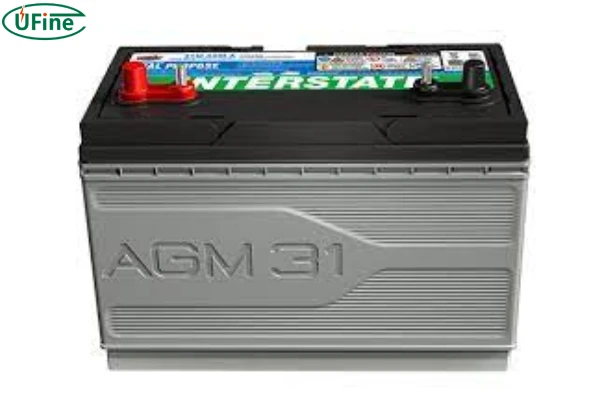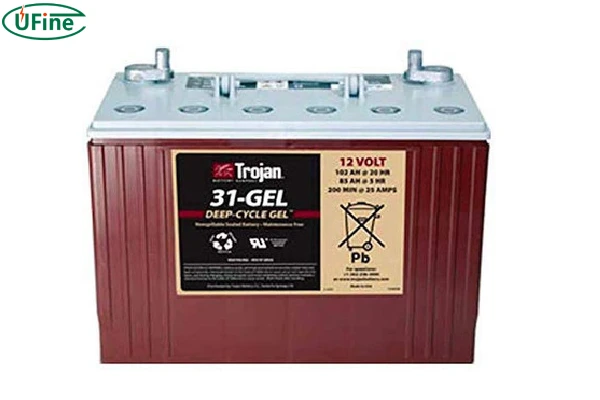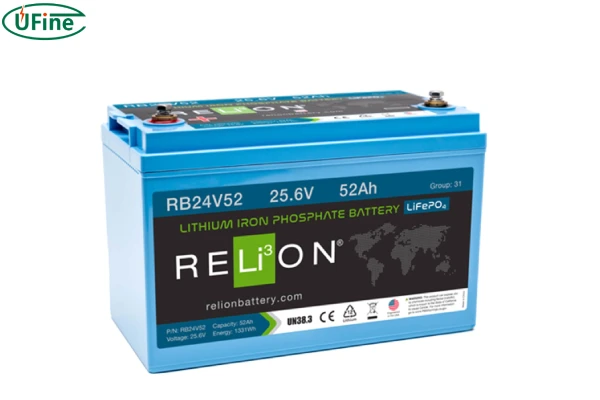Group 31 deep cycle batteries are a cornerstone in power storage solutions. Known for their durability and ability to deliver sustained power over extended periods, these batteries are indispensable in various applications. Whether you’re powering a boat, an RV, or a renewable energy system, understanding the ins and outs of Group 31 deep cycle batteries can help you make informed decisions. In this article, we’ll dive into what these batteries are, their types, dimensions, weight, amp hours, lifespan, advantages, and maintenance tips.
Part 1. Understanding Group 31 deep cycle battery
A Group 31 deep cycle battery is specifically engineered to provide a steady and reliable power source over long durations. Unlike starting batteries that offer short bursts of high energy to start engines, deep cycle batteries are designed for continuous discharge and recharge cycles. This makes them ideal for applications requiring a dependable energy supply over time.
Characteristics of Group 31 Deep Cycle Battery
- Durability: These batteries are built to endure repeated deep discharges and recharges without significant degradation.
- High Capacity: They offer substantial power storage, ensuring that devices and systems run smoothly over extended periods.
- Versatility: Their adaptable nature makes them suitable for various applications, including marine, RV, and renewable energy setups.
Part 2. Types of Group 31 deep cycle battery
Group 31 deep cycle batteries come in various types, each with distinct features and benefits. Understanding these types can help you choose the best battery for your specific needs.
Group 31 Deep Cycle Flooded Lead-Acid Batteries
These traditional batteries contain liquid electrolyte that submerges the battery plates.
They require regular maintenance, such as checking and topping the electrolyte levels with distilled water. Despite the upkeep, they are cost-effective and reliable, making them a popular choice for many users.
Group 31 Deep Cycle AGM (Absorbent Glass Mat) Battery
AGM batteries incorporate a fiberglass mat to absorb the electrolyte, making them spill-proof and maintenance-free.
These batteries boast a lower self-discharge rate and can handle higher discharge rates than flooded batteries. They are more efficient and offer superior performance, though they come at a higher price.
Group 31 Deep Cycle Gel Battery
Gel batteries use a gelled electrolyte, ensuring they are spill-proof and maintenance-free.
Known for their resistance to vibrations and shocks, gel batteries have a longer lifespan than flooded batteries. They are ideal for rough environments but are generally more expensive.
Group 31 Deep Cycle Lithium-Ion Battery
Lithium-ion batteries leverage lithium compounds for energy storage, providing a modern, high-performance option.
These batteries are lightweight, have a high energy density, and offer a significantly longer lifespan compared to other types. Although they are the most expensive, their efficiency and performance make them worthwhile investments for high-demand applications.
Part 3. Group 31 deep cycle battery dimensions
Group 31 deep cycle batteries are standardized in size, typically measuring around 13 inches in length, 6.8 inches in width, and 9.4 inches in height. This standardization ensures these batteries can fit into designated battery compartments easily, facilitating straightforward installation and replacement.
Part 4. Group 31 deep cycle battery weight
The weight of Group 31 deep cycle batteries generally falls between 60 to 80 pounds. The exact weight can vary depending on the battery type and construction. This substantial weight contributes to their stability and robustness, making them suitable for heavy-duty applications.
Part 5. Group 31 deep cycle battery Amp hours
Group 31 deep cycle batteries typically offer a capacity ranging from 75 to 125 amp-hours (Ah). This capacity rating indicates how much power the battery can deliver over a specific period. Batteries with higher amp-hour ratings can provide power for longer durations, which is especially beneficial for applications requiring sustained energy supply.
Part 6. How long does a Group 31 deep cycle battery last?
The lifespan of a Group 31 deep cycle battery can vary based on several factors, including usage patterns, maintenance practices, and the specific type of battery. On average, these batteries can last between 3 to 5 years with proper care. However, lithium-ion variants can often provide a longer lifespan, sometimes extending up to 10 years or more.
Part 7. Group 31 deep cycle battery advantages
Group 31 deep cycle batteries offer numerous advantages that make them a preferred choice for various applications:
- High Durability: Designed to withstand repeated deep discharges and recharges, ensuring long-term reliability.
- Consistent Power: Provides a steady and reliable power supply over extended periods, making them ideal for applications that require uninterrupted power.
- Versatility: Suitable for a wide range of applications, including marine, RV, industrial, and renewable energy systems.
- Maintenance-Free Options: AGM and gel batteries require no regular maintenance, reducing the hassle for users.
- Long Lifespan: With proper care, these batteries can last several years, and lithium-ion variants can last even longer.
- Environmental Friendliness: Many types of deep cycle batteries, especially newer technologies, are designed to be more environmentally friendly, with options for recycling and lower emissions.
Part 8. Maintenance tips
Regular maintenance is essential to maximize the lifespan and performance of your Group 31 deep cycle battery. Here are some practical tips:
- Regular Charging: Avoid letting the battery discharge completely. Regularly charge the battery to maintain its health and prevent deep discharge damage.
- Clean Terminals: Keep battery terminals clean and free of corrosion. Use a mixture of baking soda and water to clean terminals if necessary, followed by a thorough drying.
- Check Electrolyte Levels: For flooded batteries, regularly check and top up electrolyte levels with distilled water. Ensure the plates are always submerged.
- Store Properly: Store the battery in a cool, dry place when not in use. Avoid extreme temperatures, as they can significantly impact battery life.
- Avoid Overcharging: Use a proper charger designed for your battery type to prevent overcharging, which can cause overheating and reduce battery lifespan.
- Inspect Regularly: Periodically inspect the battery for any signs of damage, swelling, or leakage. Address any issues promptly to prevent further damage.
- Equalize Charge: For flooded batteries, perform an equalization charge periodically to balance the cells and prevent stratification.
Understanding Group 31 deep cycle batteries, including their types, specifications, and maintenance, can help you choose your power needs best. These batteries are known for their reliability, versatility, and durability, making them an excellent option for various applications. Following the maintenance tips, you can ensure your battery performs optimally and enjoys a long service life. Whether you’re powering a boat, an RV, or a renewable energy system, Group 31 deep cycle batteries offer the consistent and long-lasting power you need.
Related Tags:
More Articles
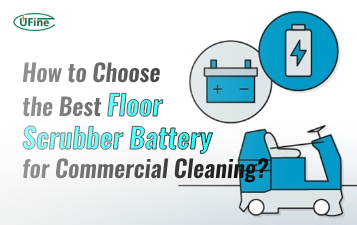
How to Choose the Best Floor Scrubber Battery for Commercial Cleaning?
Selecting the ideal floor scrubber battery ensures a long runtime, rapid charging, and minimal maintenance for efficient commercial cleaning operations.
Battery for Blower vs Battery for Leaf Vacuum: Which One Should You Choose?
Battery for blower vs leaf vacuum—learn the key differences in power, fit, and runtime to choose the right battery for your outdoor tool needs.
How to Choose the Right Battery for Blower?
Choosing the right blower battery? Consider voltage, capacity, chemistry & usage. This guide helps match the best battery for peak performance.
How to Choose the Best Insulated Battery Box for Lithium Batteries?
Choosing the Best Insulated Battery Box for Lithium Batteries? Discover key factors such as size, material, and safety for optimal protection and performance.
7 Critical Elements on a Lithium Battery Shipping Label
What must be on a lithium battery shipping label? Learn 7 key elements to ensure safety, legal compliance, and correct handling across all transport modes.
